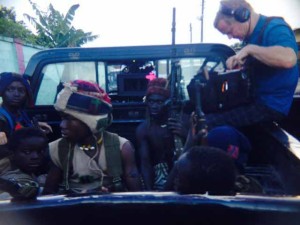
“The connection we feel to this young man is unmistakable and if you allow yourself to get roped into it, as most of us do, then you can’t help but to have those feelings,” said the film’s sound mixer Geoffrey Patterson. “The story is told through Agu’s eyes and his intimate voiceovers let us know what he’s thinking. It’s also told through his ears, what he is hearing every step of the way. Creating that environment of what Agu was seeing and hearing was really important.”
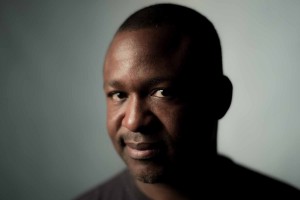
And that’s saying something, considering the film was shot 100% in Ghana’s remote jungles and villages, where rain and terrain posed daily challenges. Additionally, Fukunaga’s cast consisted of 95% non-professional actors. Capturing every single line, every single day, as cleanly as possible was imperative because with a young, inexperienced cast, there were no second chances. “Cary [Fukunaga] did such a masterful job of selecting the young men he chose to cast, which was nothing short of brilliant. He created this environment where he enabled these young men to really deliver amazing performances. In the case of Agu, it was essential. If his performance wasn’t magic then you really had no movie. And of course, it was,” said Patterson.
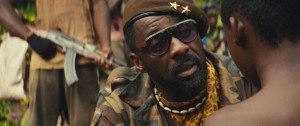
Harbor Sound’s supervising sound editor Glenfield Payne joined the film late in postproduction. At that point, Fukunaga’s soundtrack wasn’t where he wanted it to be so he tapped Payne to help craft more specific gunfire sounds. What was initially spec’d out as a two-week sound design job ended up as a complete re-working of the entire soundtrack as Fukunaga delved deeper into the sound design. “What he wanted kept growing. It was like peeling an onion. Once we got through one layer, Cary would talk about something else that happens in the scene,” said Payne.
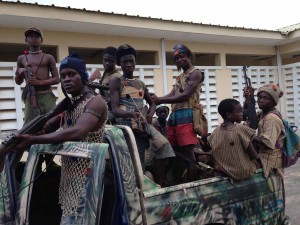 Fukunaga’s focus on authenticity – using sounds that would believably be part of a conflict in that part of the world at that time, is the cornerstone of the film’s unsettling realism. “It keeps you honest and it keeps the film honest,” said Payne. “It keeps it feeling real.”
Fukunaga’s focus on authenticity – using sounds that would believably be part of a conflict in that part of the world at that time, is the cornerstone of the film’s unsettling realism. “It keeps you honest and it keeps the film honest,” said Payne. “It keeps it feeling real.”
Payne brought on sound effects editors Robert Hein and David Paterson at Harbor Sound to help get through the 10-week overhaul. An additional 40 hours of Foley was recorded with Jay Peck at Stepping Stone Foley, and there were additional remote ADR sessions with Ghana. “There was such a whirlwind trying to get through everything. The pressure of working on such a piece of art, and making sure that what I was bringing to the table matched the visuals and the writing and the acting, was the most stressful part,” revealed Payne.
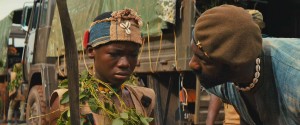 On the dub stage with Czembor, in Harbor Sound’s Studio A, they shaped the sound to build tension in a realistic way. For example, when war comes to Agu’s village, members of his family and community seek shelter in a storage shed. The audience hears bullets riddling the building, and the sound of footsteps overhead. There are gunshots coming from the rebels above and return fire from the military in the road below. “We wanted to give the audience the feeling that these are innocent people truly caught in the middle of this war. You feel at that moment like you are really in the middle of the conflict,” said Payne.
On the dub stage with Czembor, in Harbor Sound’s Studio A, they shaped the sound to build tension in a realistic way. For example, when war comes to Agu’s village, members of his family and community seek shelter in a storage shed. The audience hears bullets riddling the building, and the sound of footsteps overhead. There are gunshots coming from the rebels above and return fire from the military in the road below. “We wanted to give the audience the feeling that these are innocent people truly caught in the middle of this war. You feel at that moment like you are really in the middle of the conflict,” said Payne.
Throughout the mix, their goal was to find ways to keep the audience involved in the scene. Sometimes that meant taking sounds out, like removing numerous bullet whiz-bys so the audience could determine the directionality of the selected few. “This way it’s more specific and focused. You can actually identify where things are coming from and what is actually happening instead of just having this barrage of sound,” said Patterson.





